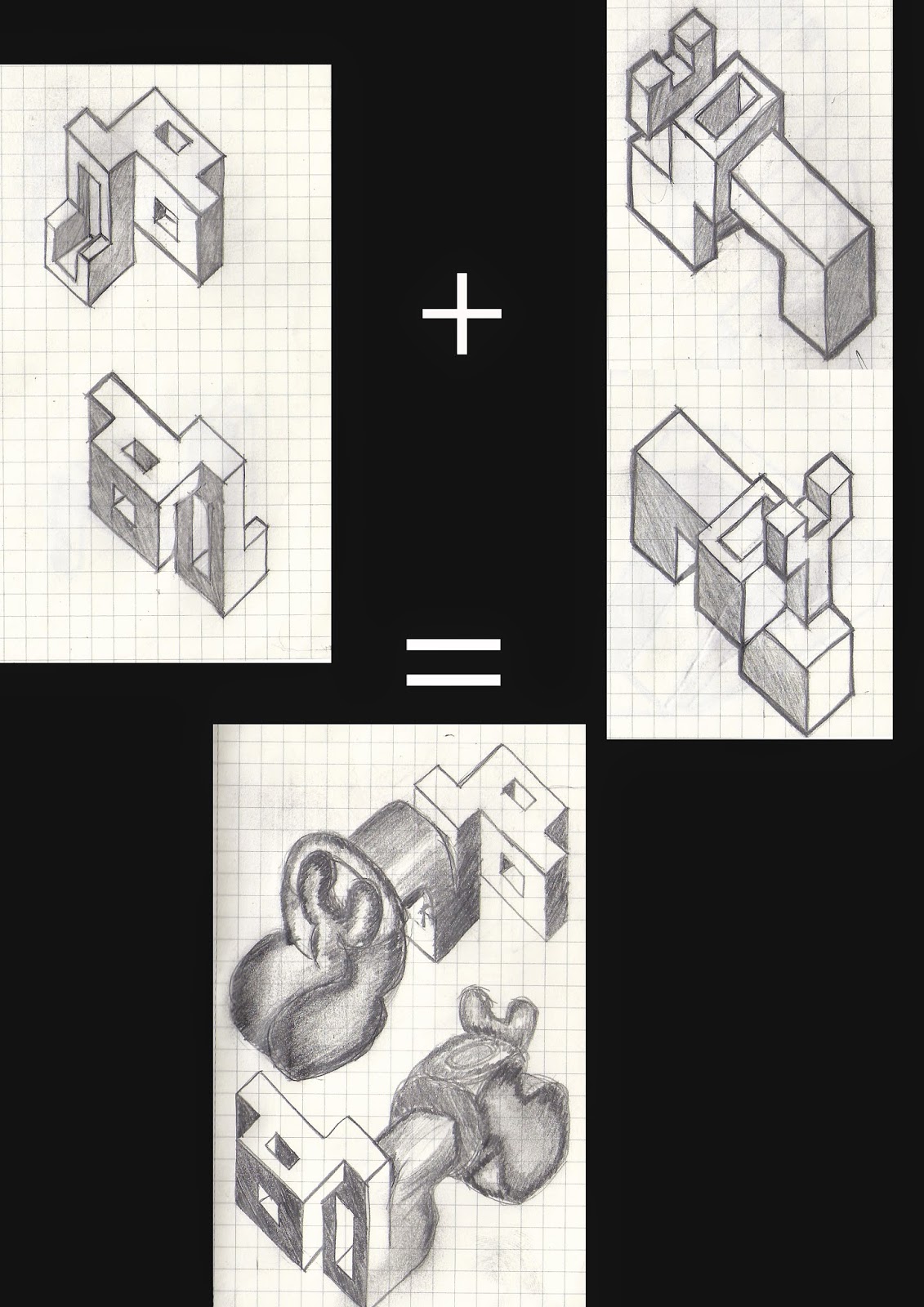“There is no doubt
whatever about the influence of architecture and structure upon human character
and action. We make our buildings and afterwards they make us. They regulate
the course of our lives.”
Winston Churchill,
addressing the English Architectural Association, 1924
What might the effect of this be on the design of our
universities? Do architects believe that they can influence the behavior,
actions and perhaps the learning that goes on in the university buildings that
they design? … [architecture could] “produce positive effects when the
liberating intentions of the architect coincide with the real practice of
people in the exercise of their freedom” (Foucault, M. 1982. Space, Knowledge
and Power an interview with Paul Rabinow, quoted in in Leach, 1997)
The theory of how
architecture shapes tastes has been developed within the field of environmental
psychology and has been largely ignored by law schools due to their focus on
the use of legal codes to regulate conduct.
The general upshot of
this work is that architecture can alter human behavior. Many of these
influences occur on a subliminal level, and their effects are not always
thought out. For example, when individuals walk into a room, they will be cued
by features of the room—whether it is occupied (and to what extent), whether it
is furnished (and in what manner), and so on. Some of these features will be
consciously noticed, others will not. But the unconscious ones can influence
behavior and attitudes too, as evidence from psychiatric wards, prisons, and
elsewhere reveals.
Bibliography
Katyal,
Neal Kumar. Architecture as Crime Control. 12 02, 2002.
http://www.washingtoncitypaper.com/blogs/housingcomplex/files/2011/03/KatyalFINAL.pdf
(accessed 06 24, 2014).
Lockton, Dan. Architecture, urbanism, design and
behaviour: a brief review. 09 12, 2011.
http://architectures.danlockton.co.uk/2011/09/12/architecture-urbanism-design-and-behaviour-a-brief-review/
(accessed 06 24, 2014).
Whitton, Pete. Architecture & Morality. 11 1,
2013. http://petewhitton.wordpress.com/tag/behavior/ (accessed 06 24, 2014).






















